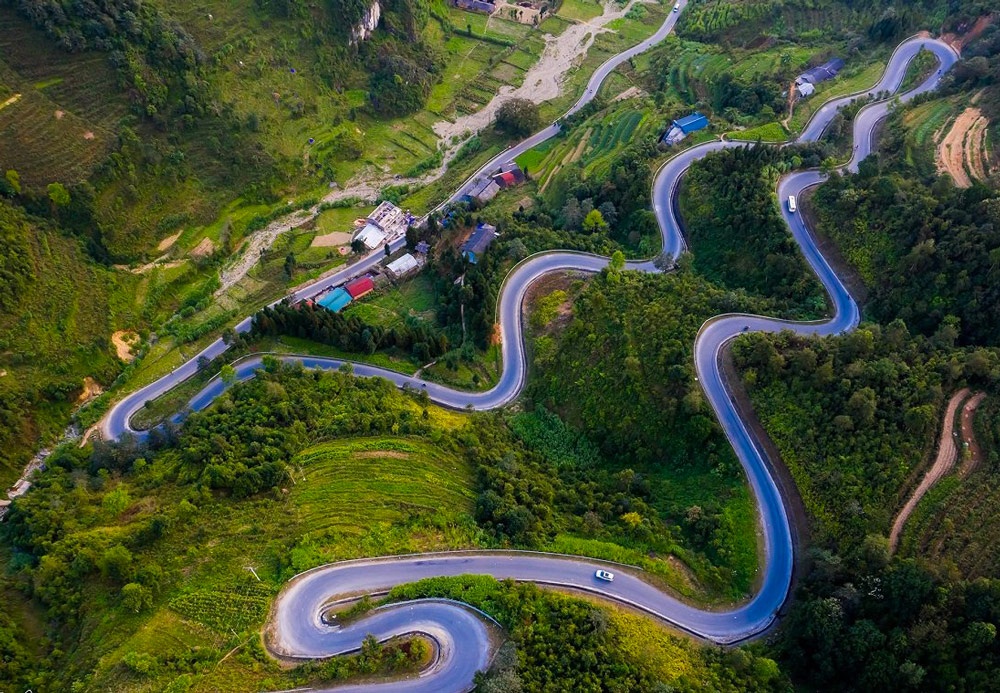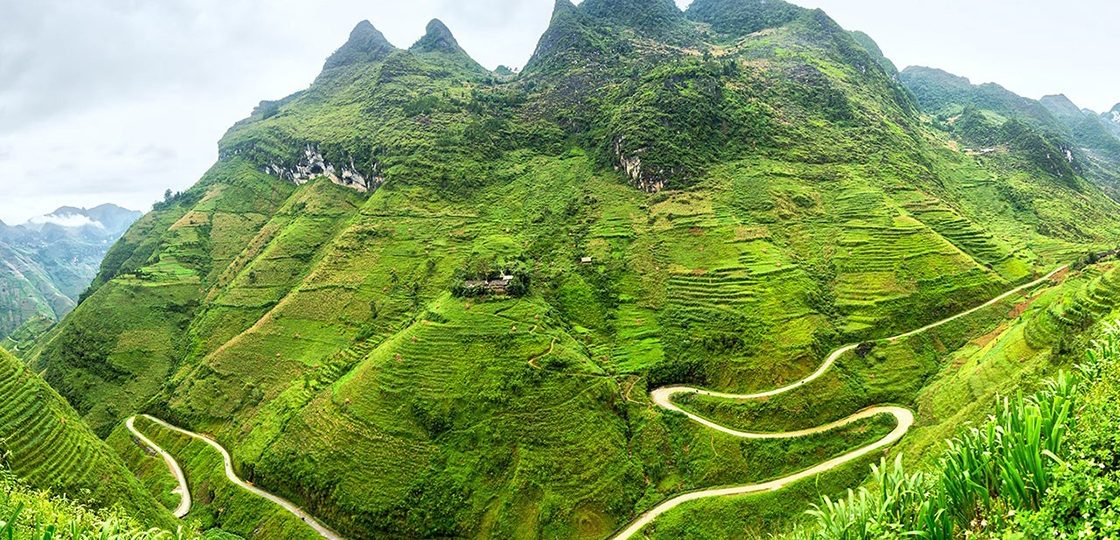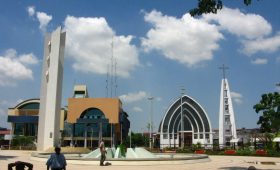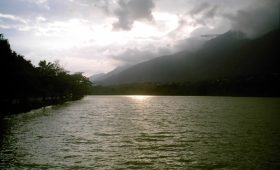Exploring Ha Giang, Vietnam
Ha Giang, located in the far north of Vietnam, offers a unique travel experience for those willing to venture off the beaten path. This region, bordering southern China, is known for its dramatic landscapes and cultural richness. While the journey to Ha Giang requires some effort, the rewards are plentiful for the adventurous traveler.
Getting There
Reaching Ha Giang involves a bit of planning. The nearest major airport is Hanoi’s Noi Bai International Airport. From Hanoi, you can take a bus from My Dinh, Gia Lam, or Giap Bat bus stations. Alternatively, “limousine buses” or sleeper buses can be booked, which often provide hotel pick-up and drop-off services. The trip takes about 6 to 7 hours, offering scenic views along the way.
When to Visit
While Ha Giang can be visited year-round, the best time is from September to November. During these months, the weather is generally pleasant, and the landscape is vibrant with the harvest season in full swing. Be prepared for rapid weather changes, as conditions can shift from hot and dry to cold and rainy.
Highlights of Ha Giang
Dong Van Karst Plateau Geopark
The Dong Van Karst Plateau Geopark is a UNESCO-recognized site, celebrated for its limestone formations and cultural significance. A trek through the Ma Pi Leng Pass offers breathtaking views of the Nho Que River and the surrounding mountains. This area is about 30 km north of Ha Giang and is a popular part of the Ha Giang Loop.
Meo Vac Market
For a taste of local life, visit the Meo Vac Market, held every Sunday. This bustling market is a hub of activity, where you can find local produce, traditional handicrafts, and livestock. It’s an excellent opportunity to engage with the ethnic communities and experience the vibrant local culture.
Lung Cu Flag Tower
At Vietnam’s northernmost point stands the Lung Cu Flag Tower, a symbol of national pride. Climbing to the top provides panoramic views of the countryside and a glimpse into neighboring China. The fresh mountain air and the sight of the flag waving against the landscape make the climb worthwhile.
Thien Huong Cave
Thien Huong Cave, also known as the Fairy Cave, is a natural wonder adorned with stalactites and stalagmites. A guided tour offers insights into the local legends and folklore associated with the cave. The cool air and stunning formations make it a fascinating stop for nature enthusiasts.
Getting Around
Exploring Ha Giang can be challenging but rewarding. Motorbikes are the most common mode of transportation, with rentals available for around 150,000 dong per day. It’s advisable to inspect the bike before renting. For those uncomfortable with motorbikes, hiring a local guide or using public transportation like buses or taxis is an option.
Ha Giang is not just a destination; it’s an adventure. From the geological wonders of the Dong Van Karst Plateau to the cultural vibrancy of local markets, it offers a travel experience that is both challenging and deeply rewarding. Prepare for the unexpected, embrace the journey, and Ha Giang will leave a lasting impression.





